Ancient China is known as the country of porcelain, the country of silk, there are records of relevant documents, when the price of silk in the Western countries, surprisingly far more than gold, so why do not the Western countries produce their own silk? There is a view that it is monopolized by China, so first of all, let's talk about ancient China. Issilkonly a product unique to China? The answer is obviously not, when it comes to silk we have to mention the following five countries, China, India, Italy, France, Byzantium, these five countries once dominated the world's silk industry, China is the world's recognized porcelain capital, one of the countries of origin of silk, established the commercial road of Asia and Europe's historical economic and cultural exchange, also named the Silk Road.
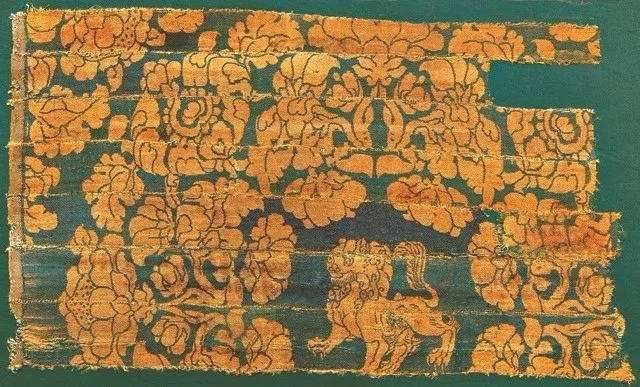
In the mid-twentieth century, within a small village in Henan Province, archaeologists discovered a site that was subsequently named the Jiahu site. The tactical site has a history of nearly 9,000 years, and experts have made great gains in the archaeological process, starting with the discovery of China's earliest wine, as well as a musical instrument called the bone flute, the earliest musical instrument in ancient China, and in the Jiahu site, experts have also discovered China's most primitive written inscribed symbols. Because of the large area of the site, so the excavation was divided into eight times, in 2013 during an excavation, experts found the earliest evidence of the existence of silk in China, the residue of silk protein was extracted from the soil, and inside the site, also found wovensilk tools, from here we can learn that the ancient Chinese have mastered the craft of making clothes, and conscious use of silk to prepare silk clothing.
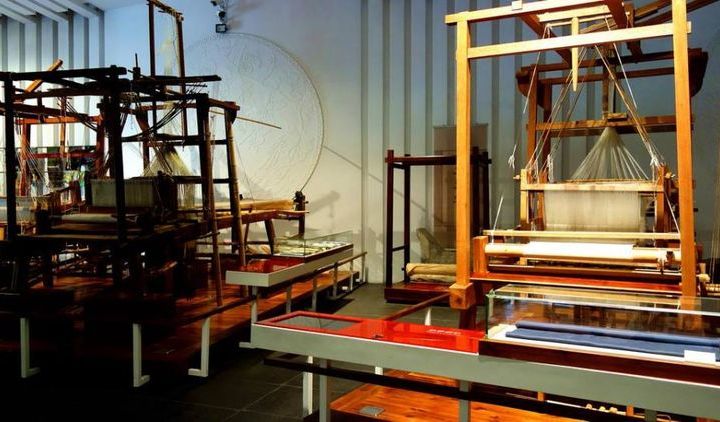
But even so, China is not the only discoverer of silk. In the Ming and Qing Dynasties, the most exported things from China were porcelain and tea, and silk only accounted for a small part, because before that, Westerners learned to raise silkworms. , the process of reeling and weaving silk after obtaining silk, at this stage, it is no longer necessary to import silk from China. As one of China's neighbors, India also has a long history. Like most ancient civilizations, India is also an inventor in history, so many Indian experts believe that the birthplace of silk is in India, but silk did has a long history in India. In the second century BC, silk had already appeared in India, the mainstream view in the world is that Indian silk was spread from Xinjiang to India around 40 BC, but now we have no way to verify if it is originated in India or introduced from China .
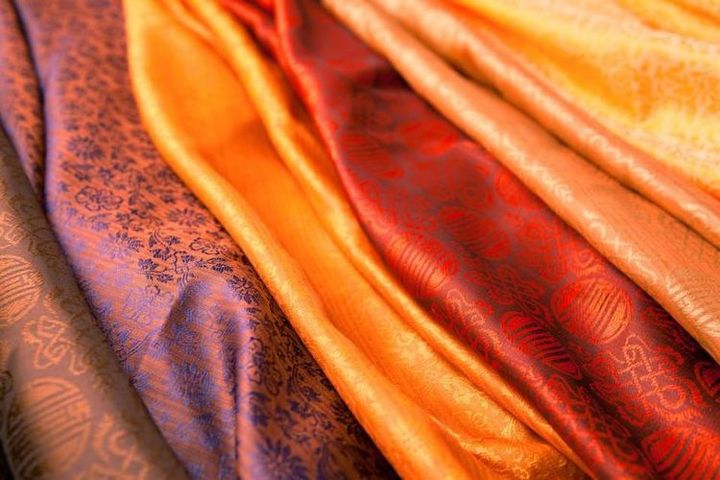
Although China's silk was in high demand in various countries at that time, with the progress of sericulture in various countries, silk products from several countries in Central Asia also began to appear in markets, including India, which almost all known varieties of silk have been produced, but one thing to note is that due to the hot climate in India, the quality of the cocoons is relatively poor. There are many Indians who first import raw silk from China, transport it to their country, and then process it into their own silk handicrafts.
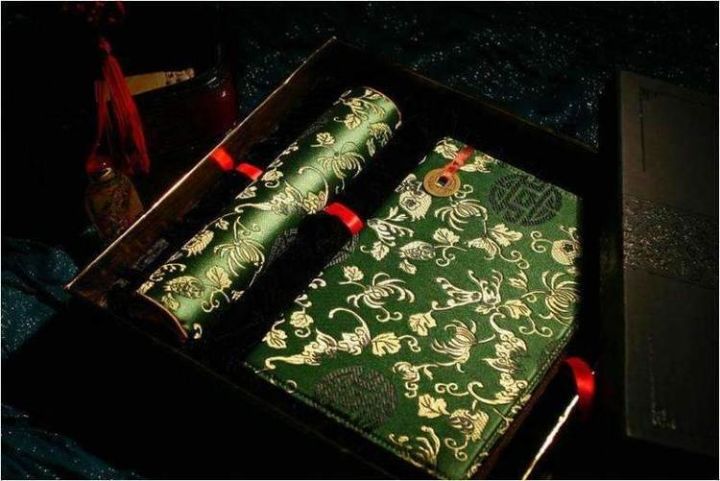 The Byzantine Empire was also a silk producer. Relevant historical materials show that in the sixth century AD, two monks paid tribute to King Justinian with silk-making tools and silkworm chrysalis samples. Later, in 553, Emperor Justinian have peoplesmuggled silkworm eggs from Central Asia into Byzantine, combined with the knowledge of domestic silkworm breeding and the textile technology of Egypt, Byzantine successfully produced domestic silk. During the period of Justinian II, Byzantium started silk trading with China. Because Byzantine silk started relatively late, the silk weaving industry only started in the fifth century. China's imported silk is still synonymous with high quality. Byzantine silk although it is later than China in time, it is more advanced than China in technology such as pattern and brocade, such as Kesi(a type of weaving done by the tapestry method in fine silks and gold thread). Byzantine silk left a profound impact in history and was later inherited by the French, and its silk weaving industry occupied an extremely important position in the early Middle Ages.
The Byzantine Empire was also a silk producer. Relevant historical materials show that in the sixth century AD, two monks paid tribute to King Justinian with silk-making tools and silkworm chrysalis samples. Later, in 553, Emperor Justinian have peoplesmuggled silkworm eggs from Central Asia into Byzantine, combined with the knowledge of domestic silkworm breeding and the textile technology of Egypt, Byzantine successfully produced domestic silk. During the period of Justinian II, Byzantium started silk trading with China. Because Byzantine silk started relatively late, the silk weaving industry only started in the fifth century. China's imported silk is still synonymous with high quality. Byzantine silk although it is later than China in time, it is more advanced than China in technology such as pattern and brocade, such as Kesi(a type of weaving done by the tapestry method in fine silks and gold thread). Byzantine silk left a profound impact in history and was later inherited by the French, and its silk weaving industry occupied an extremely important position in the early Middle Ages.
silk.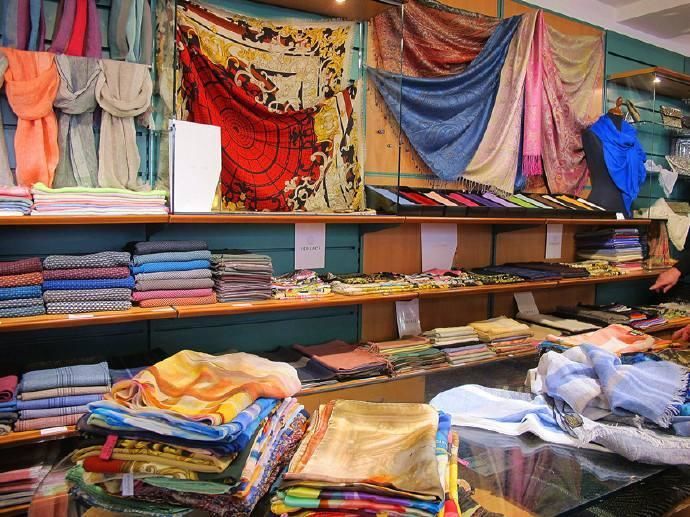 It was not until the twelfth century that the Italian silk industry began to rise. After the Fourth Crusade of the Byzantine Empire, the country was defeated and disintegrated, and Byzantine silk step off the stage. At this time, China was in the Song Dynasty, the development of the commodity economy has made China's silk exports of high quality and low price, so a large number of them are exported to the West. Lucca, a small city in central Italy, is a famous silk place in the country. In the beginning, all silk was imported from foreign countries. However, in the 13th century, various exploitations by the Arab Empire led to the silk imported from China, which was sold after reaching Europe. The price is so high that even nobles can't afford it. The high price stimulates the creative wisdom of Italians, so they try to imitate silk. The quality of Italian silk was naturally inferior to that of China at that time, but not everyone could afford Chinese silk. This also gave Lucca Silk an opportunity to enter the market under the banner of a copycat, and soon closed the gap with Chinese silk. Because Lucca silk is cheaper, Italian silk is even more popular in Europe than Chinese silk.
It was not until the twelfth century that the Italian silk industry began to rise. After the Fourth Crusade of the Byzantine Empire, the country was defeated and disintegrated, and Byzantine silk step off the stage. At this time, China was in the Song Dynasty, the development of the commodity economy has made China's silk exports of high quality and low price, so a large number of them are exported to the West. Lucca, a small city in central Italy, is a famous silk place in the country. In the beginning, all silk was imported from foreign countries. However, in the 13th century, various exploitations by the Arab Empire led to the silk imported from China, which was sold after reaching Europe. The price is so high that even nobles can't afford it. The high price stimulates the creative wisdom of Italians, so they try to imitate silk. The quality of Italian silk was naturally inferior to that of China at that time, but not everyone could afford Chinese silk. This also gave Lucca Silk an opportunity to enter the market under the banner of a copycat, and soon closed the gap with Chinese silk. Because Lucca silk is cheaper, Italian silk is even more popular in Europe than Chinese silk.
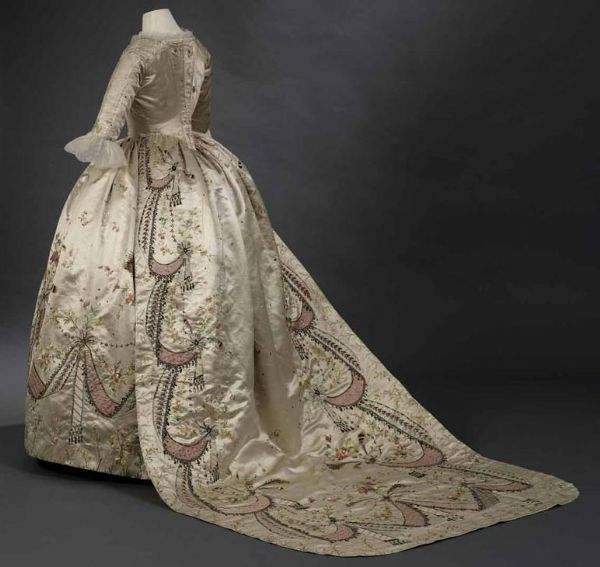 Italy has improved some steps in the production process of silk, and achieved the ultimate in pattern printing and dyeing. After the industrial revolution, large-scale machine production of silk became popular, but Italian silk still insists on hand-made, which also makes its vitality continues to this day. Krefeld, a small town in Germany, also produced silk, but unlike Italy, Krefeld imported raw silk from China, processed and manufactured it locally and sold it to European countries, and the price was cheaper than Italy. The silk history of France is much shorter than that of the above countries. At the beginning of the 14th century, France was still in the transition period between two dynasties. At that time, silkworm raising technology had not been introduced into the country, but the Avignon area had already appeared. With the development of silk weaving technology, it was not until 1495 that Charles VIII brought back silkworm eggs from Persia, France began to produce raw silk, and the silk weaving industry in Lyon was supported by the state.
Italy has improved some steps in the production process of silk, and achieved the ultimate in pattern printing and dyeing. After the industrial revolution, large-scale machine production of silk became popular, but Italian silk still insists on hand-made, which also makes its vitality continues to this day. Krefeld, a small town in Germany, also produced silk, but unlike Italy, Krefeld imported raw silk from China, processed and manufactured it locally and sold it to European countries, and the price was cheaper than Italy. The silk history of France is much shorter than that of the above countries. At the beginning of the 14th century, France was still in the transition period between two dynasties. At that time, silkworm raising technology had not been introduced into the country, but the Avignon area had already appeared. With the development of silk weaving technology, it was not until 1495 that Charles VIII brought back silkworm eggs from Persia, France began to produce raw silk, and the silk weaving industry in Lyon was supported by the state.
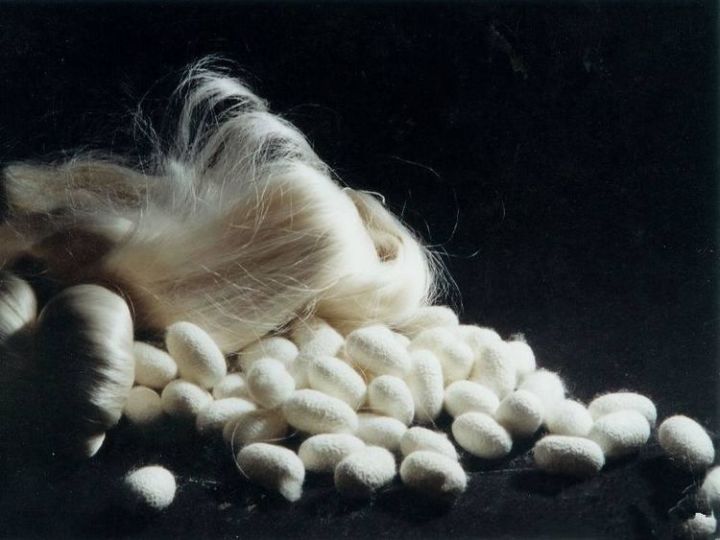 At the end of the 16th century, France was in the Bourbon Dynasty. Under the impetus of the royal family, the silk industry in France was thriving, even comparable to Italian silk. In the mid-17th century, Louis XIV ascended the throne. Due to the victory in the country's military economy and other aspects, France became the The benchmark of European fashion and the formation of silk art with its own characteristics, and the silk from Lyon is the most representative of France. In general, silk is not unique to ancient China, but in terms of time, it is indeed earlier than most countries, mainly because the Chinese at that time discovered that silkworm cocoons could be reeled. The reason why it was not introduced into other countries is that the country was trying to protect its own economy and inconvenienttransportationin ancient times is also a barrier.
At the end of the 16th century, France was in the Bourbon Dynasty. Under the impetus of the royal family, the silk industry in France was thriving, even comparable to Italian silk. In the mid-17th century, Louis XIV ascended the throne. Due to the victory in the country's military economy and other aspects, France became the The benchmark of European fashion and the formation of silk art with its own characteristics, and the silk from Lyon is the most representative of France. In general, silk is not unique to ancient China, but in terms of time, it is indeed earlier than most countries, mainly because the Chinese at that time discovered that silkworm cocoons could be reeled. The reason why it was not introduced into other countries is that the country was trying to protect its own economy and inconvenienttransportationin ancient times is also a barrier.






 English
English German
German French
French Russian
Russian Spanish
Spanish Japanese
Japanese Korean
Korean Portuguese
Portuguese Ukrainian
Ukrainian Arabic
Arabic Italian
Italian











Comments
Leave A Comment